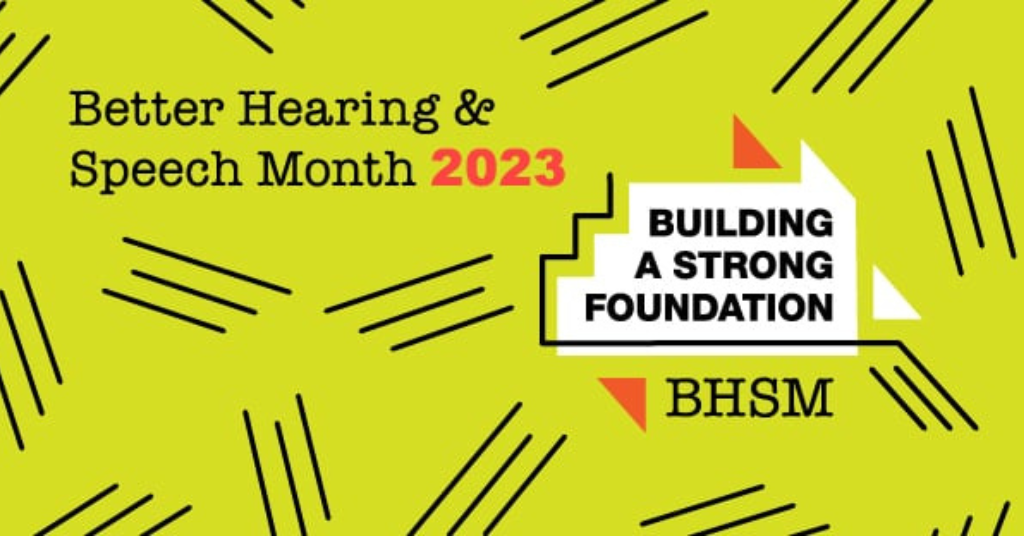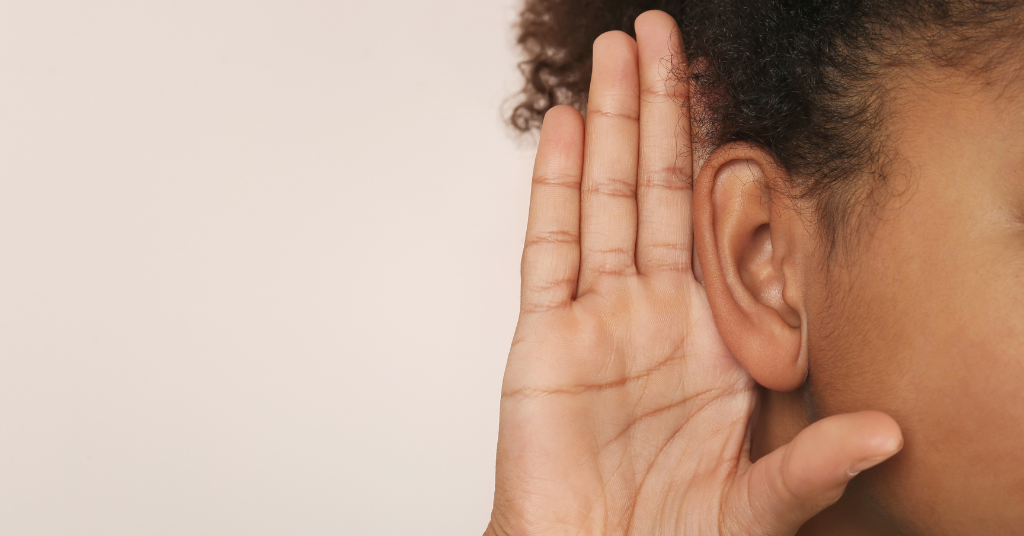
Watch: Bride uses sign language for special father-daughter dance
June 23, 2016
5 reasons to choose a pediatric hearing aid for your child
June 27, 2016Hearing Loss Awareness: Turning invisible hearing loss into the visible you

However imperceptible the shift, something is happening in the public’s consciousness about hearing loss.
It’s in the news, in official documents, and I see it in my world with friends, acquaintances and business associates. I may just be an optimist, but it feels very freeing and exciting.
I find that I no longer need to hide my hearing loss or bluff my way around people and conversations as often. Instead, I’m talking about it, being asked about it, invited to speak to groups about it, and sharing information about it. Suddenly it seems everyone is interested. And it’s not just the older group that I often hang out with.
Imagine. The heretofore invisible disability is becoming visible and even trendy. And it’s a good thing.
Change is happening
Two weeks ago the National Academy of Sciences, Engineering and Medicine in the US released a report on hearing health care that, from my experience, is the first time that hearing health became not just an interesting issue, but a critical health care issue. Those of us with hearing loss have known this for a long time, but being recognized and made visible by an official government body is a sea change. The report included startling new data that will surely get everyone’s attention.
We musicians with hearing loss are also not hiding as much. In fact, celebrity rockers and amateurs alike are now working hard to return to music even after a loss. This was unthinkable just a few short years ago. But thanks to advances in hearing technology, research into the brain’s role in hearing and hearing rehabilitation we’ve been able to return to our passions.
Later this month, I will be attending the HLAA National Convention in Washington DC. I, along with 13 other musicians with hearing loss, will also gather to perform at an open mic night sponsored by the Association of Adult Musicians with Hearing Loss (AAMHL) to show how we are rebuilding our musical selves to sing, play and perform again.
Hearing technology has reached the music business in new ways, as companies are developing tech enhancements for musicians with hearing loss. One example is the ear monitoring system that I wear for live performances and recordings. You’ve probably noticed on TV that most musicians and singers now routinely wear ear monitors instead of having to endure those huge boxes on stage screaming music back at them. Yes, ear plugs are great, but many of us need much more sophisticated tech to make music. And it has arrived.
When hearing loss hits the stage you know the invisible is becoming visible.
Could it be that hearing loss may become just another of many conditions that any of us could experience? Not just the “hearing impaired,” “hearing disabled.” Surely not just that stigmatizing condition no one wants to talk about?
Hearing loss is more common than you think
My new friend Annie knows my hearing issues well. We’re both making adjustments to enhance our communication and relationship.
Annie is a yoga instructor and has a class of folks who are mostly over 50, and speaks softly to keep the tone of the exercise at the right meditative pitch.
One day not long after we met, Annie decided to ask her class to raise a finger if they had a hearing issue. To her shocking surprise, more folks than she expected raised a finger. She realized that she had had no sense of this previously. She now she works to speak clearly and at a good volume with her instructions to her class and is getting a small microphone. And she has become much more conscious when working with clients.
Last week Annie had to give a speech to her Toastmaster’s speaking club and she decided to talk about hearing loss. She was not sure if it would be well received as she is not an expert, per se. But she was a hit and so was the topic and one member even thanked her for speaking about an issue he personally knew well.
The invisible is becoming visible in the most unexpected ways.
Help quicken the pace of hearing loss awareness
As you may know from my posts, I am no shrinking violet when it comes to my hearing loss. In fact, I like to say that hearing loss has become part of my “brand.” It is as much a critical element of my work and life as a writer and musician as my skills and talents. Perhaps even more so because of the unique nature of my story, as I return to making music again and relaunch a speaking career.
Have you been experiencing a similar shift in your world? Is hearing loss becoming more visible where you live, work and play – and perform?
If so, that’s great. Would you like to help quicken the pace of hearing loss awareness? It’s going to take more than a few writers, hearing professionals and documents to do that. It’s going to take every one of us with a hearing loss to do a few things.
Here are 7 ways to bring awareness to hearing loss:
- Talk about your hearing loss everywhere and to everyone. Don’t hide it or you any longer. Trust that the issue is out there now and can be broached without embarrassment if you give it a try.
- Tell those you love and work with about your hearing loss. Give them information that might help them understand hearing loss better.
- Make hearing loss part of your “brand.” I don’t walk around with a button that says so, but people know I am all about hearing loss personally and professionally. You may not have a professional connection but make it part of who you are – proudly and definitively. You’ll know what to do when people ask you what’s going on.
- Find places you can speak about it. Most of us start with local service organizations like Rotary and others. The demand for this topic seems to be growing each week.
- Share information about hearing loss. Email the NAS Report to friends and family with a personal note saying “Welcome to my world” or “Welcome to the REAL world.”
- Encourage others. Do you notice that your friends or family members may also have a hearing loss? Encourage them to get a hearing test and if needed, a hearing aid.
- Be creative. In any way you can, make hearing loss more visible.
It’s a new day, and as our friend and hearing loss activist Gael Hannan says, “it’s not just about hearing – it’s about being heard.”
We HOH (hard of hearing) are hot. Tell your world. And make them listen.




